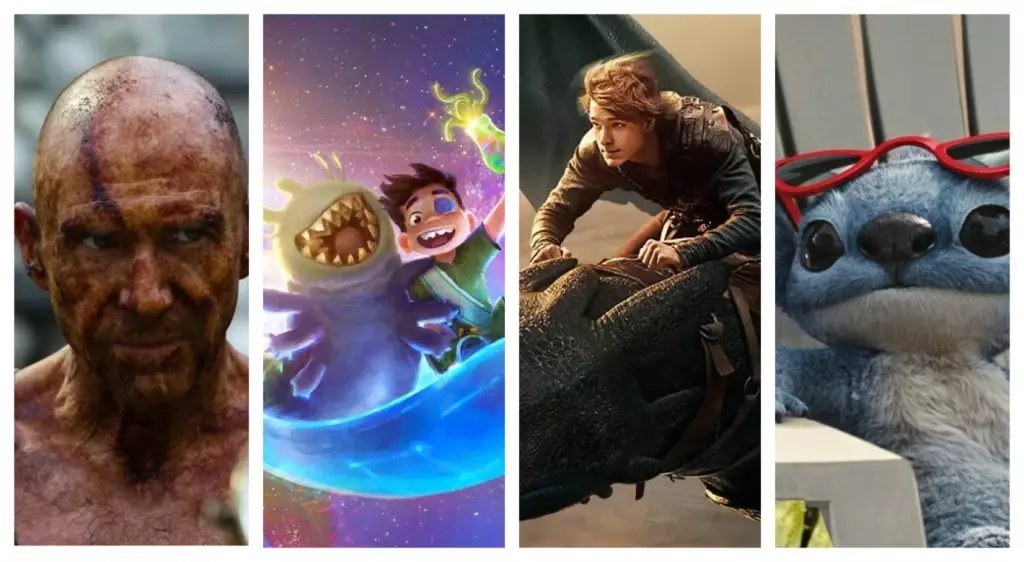Danny Boyle’s latest cinematic venture, “28 Years Later,” has not only captivated audiences but has also emerged as a staggering success with an estimated global opening weekend of $60 million. Remarkably, this revenue split is even across domestic and international markets, drawing in $30 million from each. This achievement slightly surpasses pre-weekend predictions, marking a significant milestone for horror films in the current cinematic landscape. As the film opens in 59 overseas markets, it outperforms other recent horror flicks, solidifying its impact on the genre.
Comparative Performance in the Genre
The comparison with other horror franchises highlights the potential for “28 Years Later” to rejuvenate an often saturated market. It nearly mirrors the opening performance of notable horror films like “Nosferatu” and exceeds titles such as “A Quiet Place: Part II” and “Evil Dead Rise.” The initial $6.4 million opening in the UK, alongside other impressive figures from markets like Mexico and the Middle East, reveals both the film’s strong B.O. viability and its ability to instigate discussions about fears surrounding societal collapse, a recurring theme in Boyle’s work.
The statistics reveal a silver lining for horror enthusiasts who crave original storytelling—”28 Years Later” represents a breath of fresh horror air as it enters the box office fray amid a glaring heatwave. The market needs innovation, and this film seems poised to deliver. With audiences already familiar with the thematic strands that Boyle weaves, this project could pave the way for a new era of intelligent horror movies that stimulate both thought and fright.
The Challenging Market Landscape for Animated Features
Conversely, Pixar and Disney’s “Elio” did not garner the anticipated results, raking in only $35 million globally. The disparity in performance raises critical questions about the studio’s ability to connect with audiences in an evolving landscape. Despite getting positive feedback from audiences, the film opened in a tough corridor where school holidays had not yet commenced. This scenario underscores the growing competition for family-friendly entertainment.
The mismatch between audience expectations and box office outcomes highlights the necessity for studios to not only produce quality films but to strategically curate releases according to market dynamics. As anticipation builds for the upcoming “Smurfs” release, “Elio” must capitalize on holiday audience engagement to recoup its losses. Herein lies a crucial lesson: even established franchises like Disney must forecast trends with precision to assure their narratives resonate with potential viewers.
An Overview of the Competition
In the realm of animated film, franchises like “How to Train Your Dragon” have set a new benchmark, amassing a staggering $358.2 million worldwide. Despite facing considerable competition, “How to Train Your Dragon” showcases strong persistence with minimal drops in box office performance, marking a robust showing in international markets like Brazil and Australia. Universal has clearly found a rhythm with audience expectations, maintaining a presence in key markets where the franchise is adored.
On the other end of the spectrum, “Lilo & Stitch” has surpassed the $900 million milestone globally. This figure is indicative of the franchise’s enduring legacy and the nostalgia that accompanies animated stories. With each passing weekend, it continues to draw admiration, despite the competitive backdrop. Hence, it becomes clear that both innovative storytelling and strategic release timelines significantly impact market performance.
While Boyle’s horror offerings boast a strong early reception, animated features must grapple with heightened expectations and evolving audience preferences. The journey ahead for both types of films is distinct—where horror cavorts with insightful reflections on human fears, animated features must evolve narratively to spark excitement and continual engagement.
In light of these revealing trends, the cinematic landscape remains fluid. As new releases populate the market, the implications of audience reception, storytelling innovations, and strategic release date selections promise to reshape the way we understand and consume cinema. The successes and setbacks in both horror and animation speak volumes about the interconnections of creativity and commerce within this multifaceted industry.

